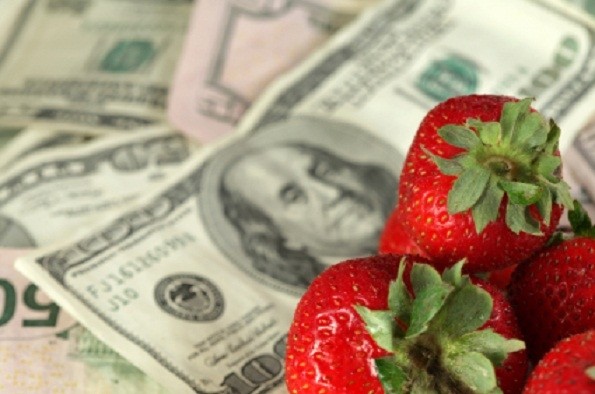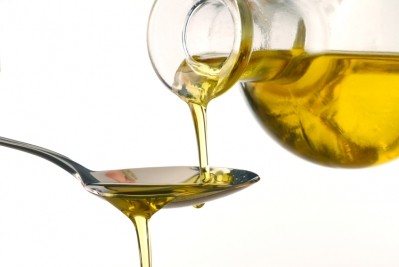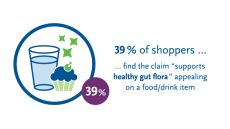FAO: Global food prices have stabilised – for now

Its monthly food price index, which tracks the prices of major food commodities on international markets, has been stable for three months in a row, with average prices 6.4% below those of November last year – around its August 2010 level.
"The index appears to have bottomed out with higher probabilities for a rise in its value in coming months," said senior economist at FAO Abdolreza Abbassian.
The food price index tracks vegetable oils, sugar, cereals, meat and dairy products.
Vegetable oil and grain prices were up slightly in November, offsetting an ongoing decline in dairy prices. Sugar was also down 3.2% since October, with prices about 8% lower than a year earlier. This latest decline was a result of rain in Brazil’s main sugar producing region, easing fears of a prolonged drought, the FAO said.
Lower dairy prices – which were down 3.4% on October and 29% compared to a year earlier – reflect increased export availability and fewer imports to large markets like China and Russia.
Meat prices are at an historically high level, but were stable in November compared to the previous month. Compared to a year earlier, they were up 13.3%.
Meanwhile, cereal prices were up significantly for the first time since March – 2.6% above October’s level – as “growing conditions for the just-sown wheat crop in the Northern hemisphere appear less than ideal”, the FAO said. However, they were down 5.8% on the previous year.
Vegetable oil prices were down 17% compared to last year’s level, but the FAO said a small rise in November (0.7%) was due to lower than anticipated production of sunflower oil and a slowdown in palm oil production in the world’s largest producing countries, Malaysia and Indonesia.
























